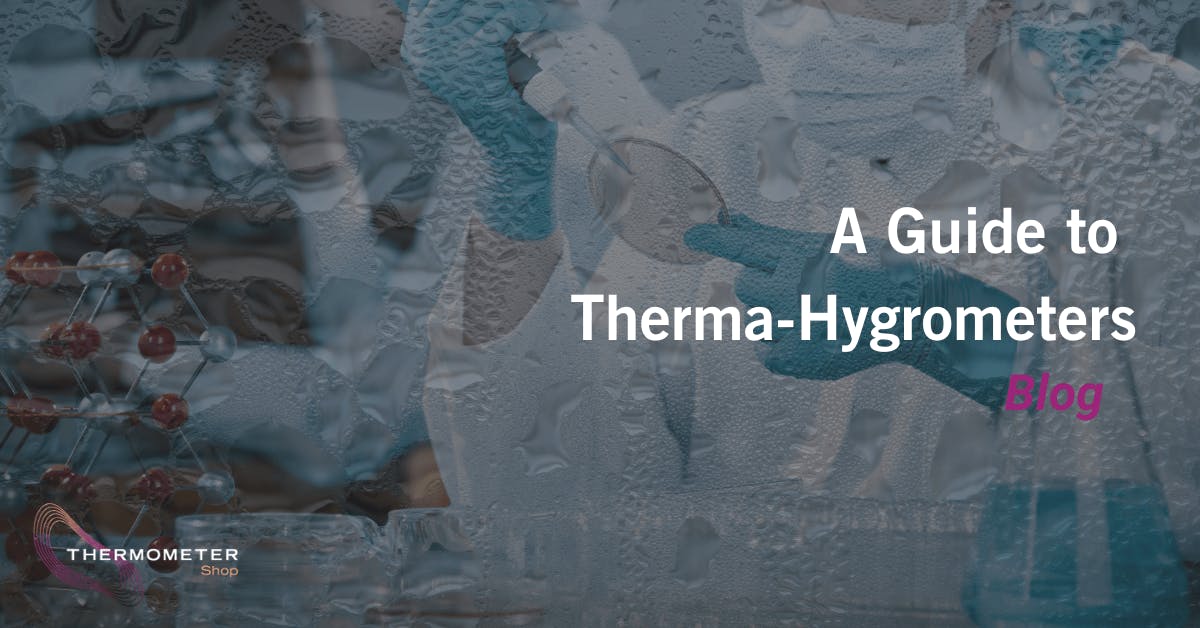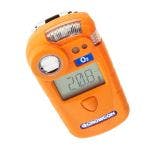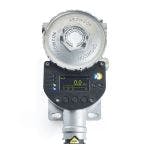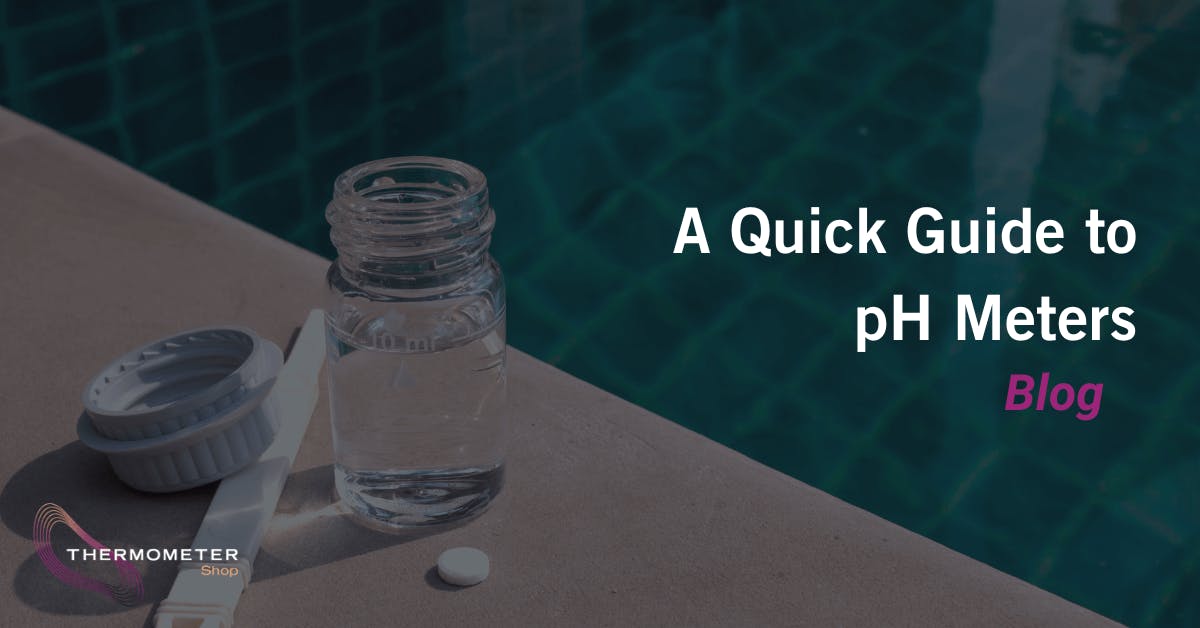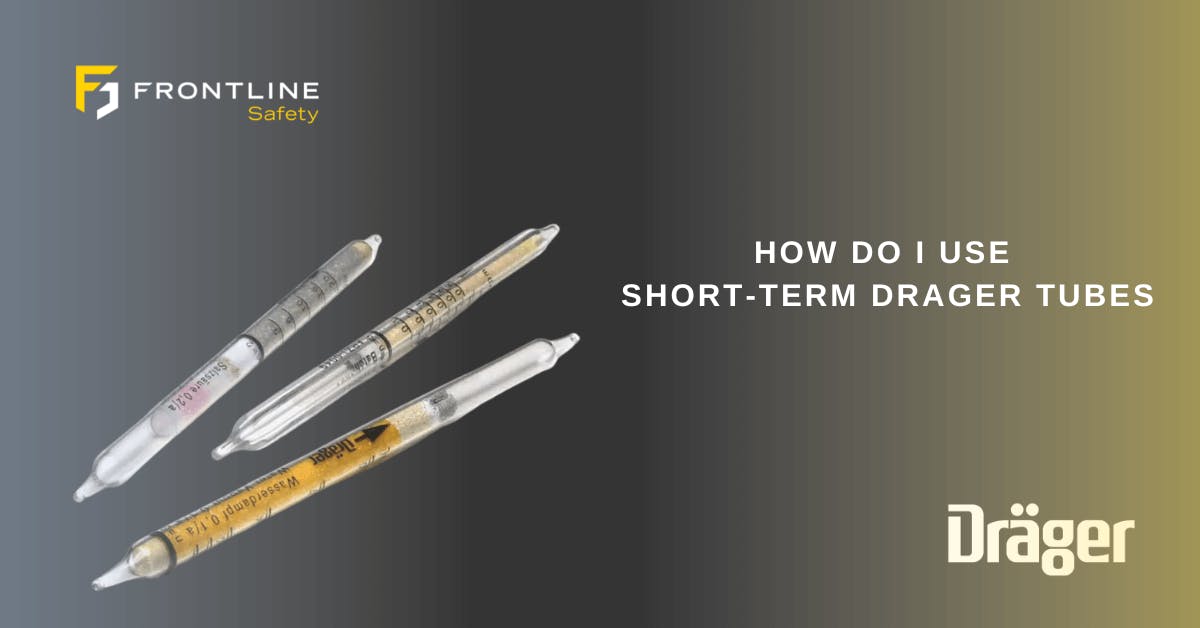
Chlorine Gas and the Dangers It Can Pose in Swimming Pools
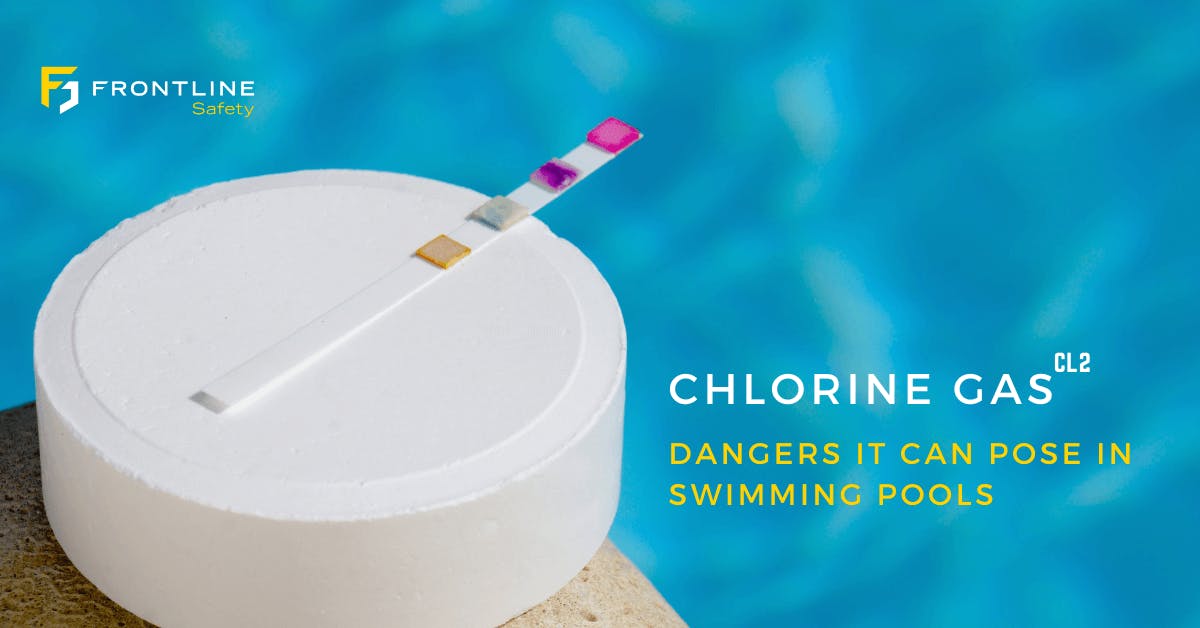
Chlorine is a widely used chemical to disinfect swimming pools and prevent the growth of bacteria and algae. However, chlorine also has some potential health risks that pool users should be aware of. In this blog post, we will discuss what chlorine gas is, how it can form in swimming pools, what are the symptoms and effects of chlorine gas exposure, and how to prevent and treat chlorine gas poisoning.
What is Chlorine Gas?
Chlorine gas is a greenish-yellow gas that has a strong, irritating odour. It is formed when chlorine reacts with water or other substances, such as urine, sweat, or organic matter. Chlorine gas can also be released when pool chemicals are mixed incorrectly or stored improperly.
Chlorine gas is heavier than air, so it accumulates near the water's surface or the ground. This means swimmers, especially children, are likelier to inhale it in or near the pool.
How Can Chlorine Gas Form In Swimming Pools?
Chlorine gas can form in swimming pools for several reasons. Some of the common causes are:
- Over-chlorination: Adding too much chlorine to the pool water can result in high levels of chlorine gas. This can happen when pool operators use inaccurate or faulty testing equipment, follow incorrect dosing instructions, or do not regularly monitor pool water quality.
- Under-chlorination: Adding too little chlorine to the pool water can result in low levels of free chlorine, the active form of chlorine that kills germs. This can allow organic matter, such as urine, sweat, or dirt, to accumulate in the pool water and react with chlorine to form chloramines. Chloramines have less disinfecting power than free chlorine and can release chlorine gas when exposed to sunlight or heat.
- pH imbalance: The pool water's pH level affects chlorine's effectiveness and stability. The ideal pH range for pool water is 7.2 to 7.8. If the pH is too high (above 8), chlorine becomes less active and more likely to form chloramines. If the pH is too low (below 7), chlorine becomes more active and more likely to form chlorine gas.
- Shock treatment: Shock treatment adds chlorine to the pool water to kill algae, bacteria, and other contaminants. Shock treatment can also cause a temporary spike in chlorine gas levels, especially if the pool water is not well-circulated or ventilated.
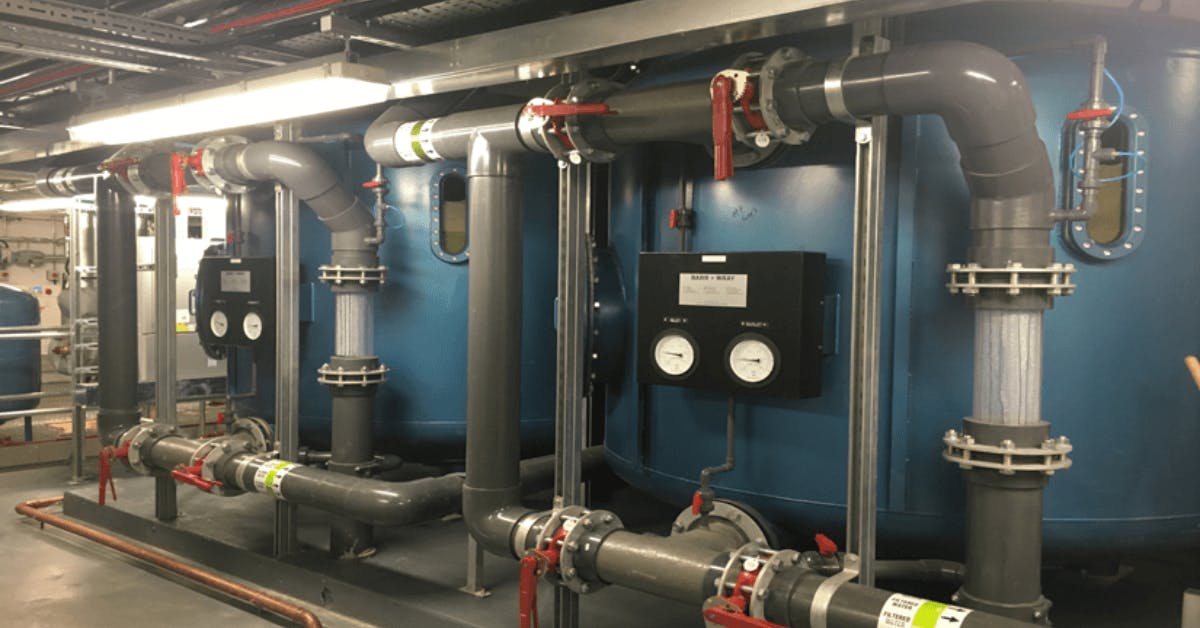
What Are the Symptoms and Effects of Chlorine Gas Exposure?
Chlorine gas exposure can cause various symptoms and effects depending on the concentration, duration, and route of exposure. Some of the common signs and products are:
- Respiratory irritation: Chlorine gas can irritate the nose, throat, and lungs, causing coughing, wheezing, shortness of breath, chest tightness, or asthma attacks. In severe cases, chlorine gas can damage the lining of the lungs and cause pulmonary oedema (fluid accumulation in the lungs), which can be life-threatening.
- Eye irritation: Chlorine gas can irritate the eyes, causing redness, burning, itching, tearing, or blurred vision. In severe cases, chlorine gas can cause corneal damage or blindness.
- Skin irritation: Chlorine gas can irritate the skin, causing dryness, itching, rashes, or burns. In severe cases, chlorine gas can cause tissue damage or necrosis (death of skin cells).
- Digestive irritation: Chlorine gas can irritate the mouth, throat, stomach, and intestines, causing a burning sensation, nausea, vomiting, diarrhoea, or bleeding. In severe cases,
chlorine gas can cause ulcers or perforations (holes) in the digestive tract.
- Circulatory problems: Chlorine gas can affect blood circulation by changing the pH balance of the blood and lowering the blood pressure. This can result in shock (a life-threatening condition where the organs do not receive enough blood and oxygen) or cardiac arrest (a sudden heart stoppage).
How to Prevent and Treat Chlorine Gas Poisoning?
The best way to prevent chlorine gas poisoning is to avoid exposure to chlorine gas in the first place. Some of the preventive measures that pool users and operators can take are:
- Follow proper pool maintenance procedures: Pool operators should regularly test and adjust the pool water chemistry using accurate and reliable testing equipment. They should also follow the manufacturer's instructions for adding and storing pool chemicals safely and correctly.
- Use alternative disinfection methods: Pool operators may consider using alternative disinfection methods that do not produce chlorine gas or chloramines, such as ozone generators,
ionizers, bromine tablets, silver-copper systems, or ultraviolet light systems.
- Ventilate indoor pools: Indoor pools should have adequate ventilation systems to remove chlorine gas and chloramines from the air and prevent them from accumulating near the pool surface or the ground.
- Educate pool users: Pool users should be informed about the potential health risks of chlorine gas exposure and the signs and symptoms of chlorine gas poisoning. They should also be encouraged to shower before and after swimming, avoid urinating or spitting, and report any unusual odours or irritations to the pool staff.
To prevent and treat chlorine gas poisoning, pool users and operators should follow proper pool maintenance procedures, use alternative disinfection methods, ventilate indoor pools, educate pool users, remove themselves from the source of exposure, call for emergency medical help, rinse their eyes and skin, drink water or milk, and seek medical attention.
In the swimming pool plant room, chlorine leaks can pose a serious issue. To detect the presence and concentration of chlorine gas in the air, a chlorine gas detector can be utilized. A fixed gas detection system is a reliable solution to this problem. With a fixed system, relays can trigger specific actions like locking off certain areas, initiating ventilation, or sounding an alarm. A fixed system provides comprehensive coverage for any potential issues.
Read our swimming pool application note for more information.




